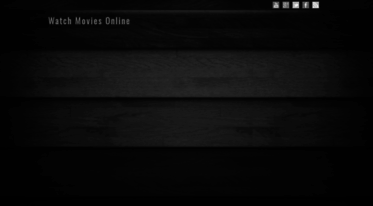Soviet Films and the Brilliance in Them

Soviet anti-Western propaganda cannot ignore this phenomenon. The immense success of The Exorcist (The Exorcist, William Friedkin, United States, 1973) pushes it in 1975 to denounce “the new tendencies of Hollywood”, “the horror films and the disaster films”, whose the goal is only to distance the spectators from their difficult life 31. In 1976, the idea of a horror cinema as part of a capitalist conspiracy intended to hypnotize the crowds was taken up at a meeting of young filmmakers from the komsomol, the organization of communist youth. Yevgeny Tiajelnikov, then the first secretary of the Central Organizing Committee 32, stresses that the “dream factory” tends to turn into a “factory of violence, sex and horror”, which is only a reflection of the everyday life of the population. In https://movies123.show you need to be specific.

But a real “anti-horror campaign” was not launched:
the context of detente was not favorable to it. It was not until the early 1980s that the time was right. Several periodicals of the official press, bodies as prestigious as Pravda and the Izvestia, but also cultural press bodies like the Literaturnaïa Gazeta and Sovetskaia koultoura denounce vehemently the rebirth of this hated genre. The arguments remain the same: the success of the “new” directors (Cronenberg, Carpenter and Romero) is explained by the desire of American society to flee the reality made worse by the politics of its new president, Ronald Reagan. To give themselves more credibility, these newspapers do not hesitate to reproduce extracts from the foreign press which go in the direction of their criticism – thus, the Italian magazine Europeo is called upon several times.
The intensity curve of the campaign faithfully follows that of the tensions between the two “Great”. From this point of view, the crises of 1983, “year of all dangers” since the Cuban missile affair (1962), are faithfully reflected in the speeches of the press, and the campaign does not gradually fall until late 1984 36. It is interesting to note that the reader of the various periodicals – who naturally do not have access to the films described – nonetheless learn a certain number of things about them. Thus, in February 1983, before concluding on the danger of the horror film, an article retraces its history and talks about the last directors in vogue.
In August, another describes in detail the first episodes of the saga Friday the 13th 38. In January 1984, a third cheekily dwell on the outcome of Anthropophagous (Joe d’Amato, Italy), where “the monster dies in unheard-of suffering, devouring its own viscera” 39. Finally, in December, an article denounces the misdeeds of a new sub-genre: the horror film which depicts an assassin, Santa Claus, citing as an example Silent Night, Deadly Night (Douce nuit, sanglante nuit, Charles Sellier, Etats United States, 1984).
To convince the most undecided of the harmful nature of the horror film, Soviet propaganda associated it with pornography, and presented children as its first victims: in August 1984, an article referred to a survey in which young Americans revealed their “addiction” to horror and pornographic films.
Television and video are naturally aggravating factors, as children drink them daily. In 1984, the campaign focused on the music video Thriller by Michael Jackson, where the pop star danced surrounded by the living dead: launched in January, she described the video as “the product of a new culture”, “certainly technologically advanced”, but nevertheless dangerous, because it teaches young people “the values of violence and eroticism, that is to say, pornography.
